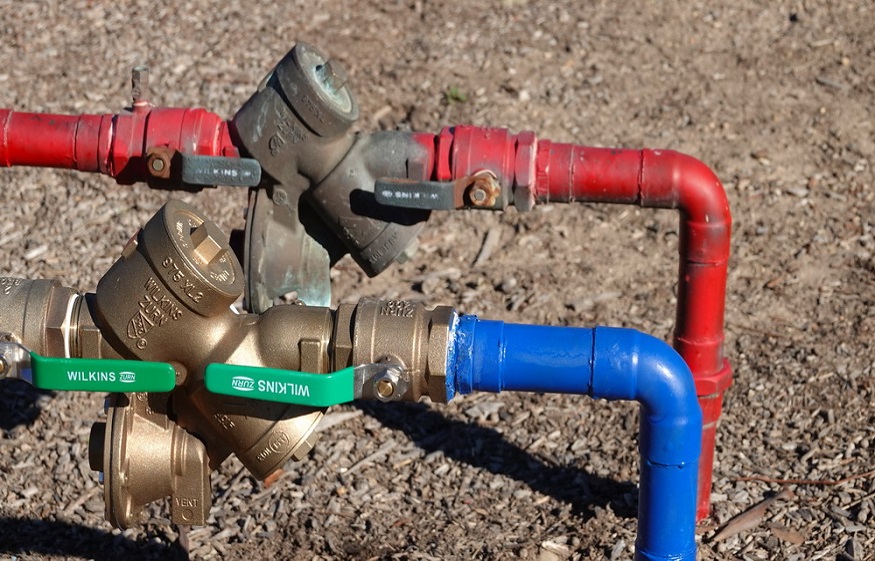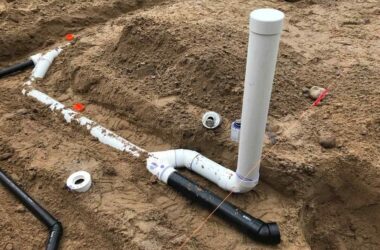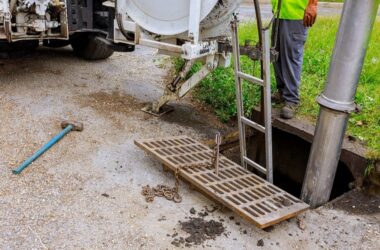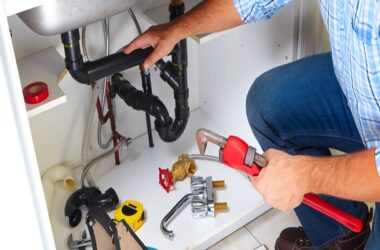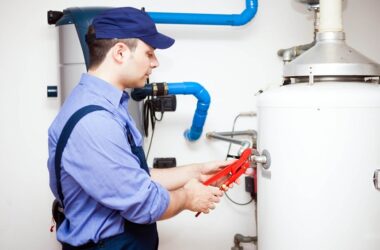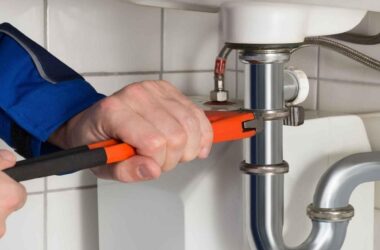You have finally moved into that new home you bought. You are getting ready to do some gardening work outside when you notice what appears to be an extra valve attached to the garden hose water spigot. It has the same type of thread, meaning you can attach your garden hose to it, but it is still something you’ve never seen before. Congratulations. You have just encountered a backflow valve.
A backflow valve is a small device designed to prevent dirty water from flowing back into the system. Backflow valves are commonly found on garden hose water spigots because they are a prime location for inadvertently polluting your water. The valves are surprisingly simple devices that are amazingly effective at protecting water supplies.
More About Backflow
Backflow can occur with gases, liquids, or even suspended solids. Where plumbing is concerned, backflow is a scenario in which non-potable water flows back into a home’s water system where it risks contaminating potable water. You can also have backflow problems in a motor home or RV. Backflow prevention devices stop this sort of thing from happening.
A good way to understand backflow is to think of a drinking straw. When you suck from a straw, you are creating pressure that lifts liquid from the glass, through the straw, and into your mouth. As long as you maintain that pressure, the liquid keeps flowing. But what happens when you stop? Any liquid remaining in the straw flows back into the glass.
A similar drop in water pressure can allow soiled water from a garden hose to flow back into your home’s plumbing system. Beyond the garden hose, there are connection points throughout your home where potable and non-potable water supplies come together. A backflow prevention device is installed at every one of these connections.
Water Pressure Changes
Backflow can occur as the result of a change in water pressure in either direction. A loss of water pressure inside your home could allow polluted water to flow back in through the garden hose, drain systems, and so forth. Backflow is a real risk when a water main breaks, for example. A broken water main instantly leads to a drop of water pressure in homes throughout the neighborhood.
Likewise, an increase in water pressure from outside your system could force non-potable water back into your home. This could occur if the city were flushing the water system after some sort of contamination event. Homes not fitted with proper backflow devices would be at risk.
Modern Plumbing Standards Prevent Backflow
Fortunately, backflow is not as big a problem today as it was in the past. Salt City Plumbers, a plumbing provider in Salt Lake City, UT, says that modern plumbing standards get the credit. New builds have to be fitted with backflow connectors at appropriate locations to prevent accidental contamination. Likewise, plumbers generally install necessary prevention devices whenever they are doing re-plumbing jobs.
The one exception to this rule pertains to city storm sewers. Unfortunately, municipalities all over the country have built their storm systems without proper backflow prevention in place. Every time it rains heavily, storm sewers back up into neighborhoods. Sometimes they even back up into homes.
Fortunately, storm runoff is not nearly as polluted as raw sewage. A little bit of storm runoff in the basement is not the end of the world. On the other hand, raw sewage backing up into a home is a serious problem with equally serious ramifications. Thank goodness for backflow valves that prevent potable water from being inadvertently contaminated due to changes in water pressure.

